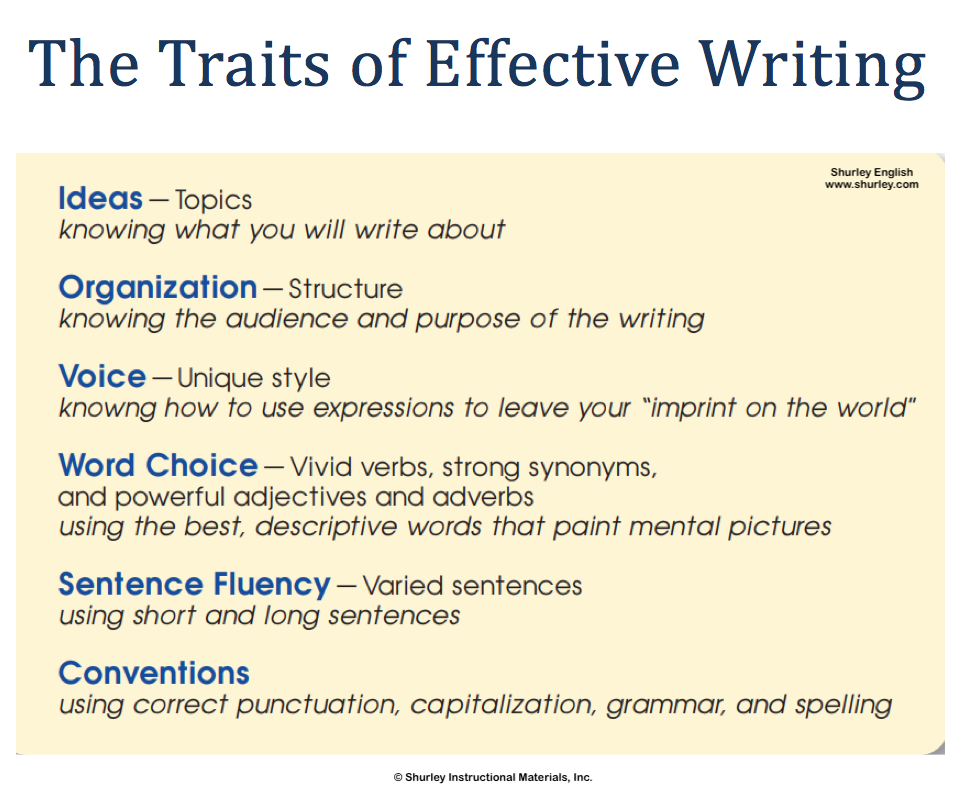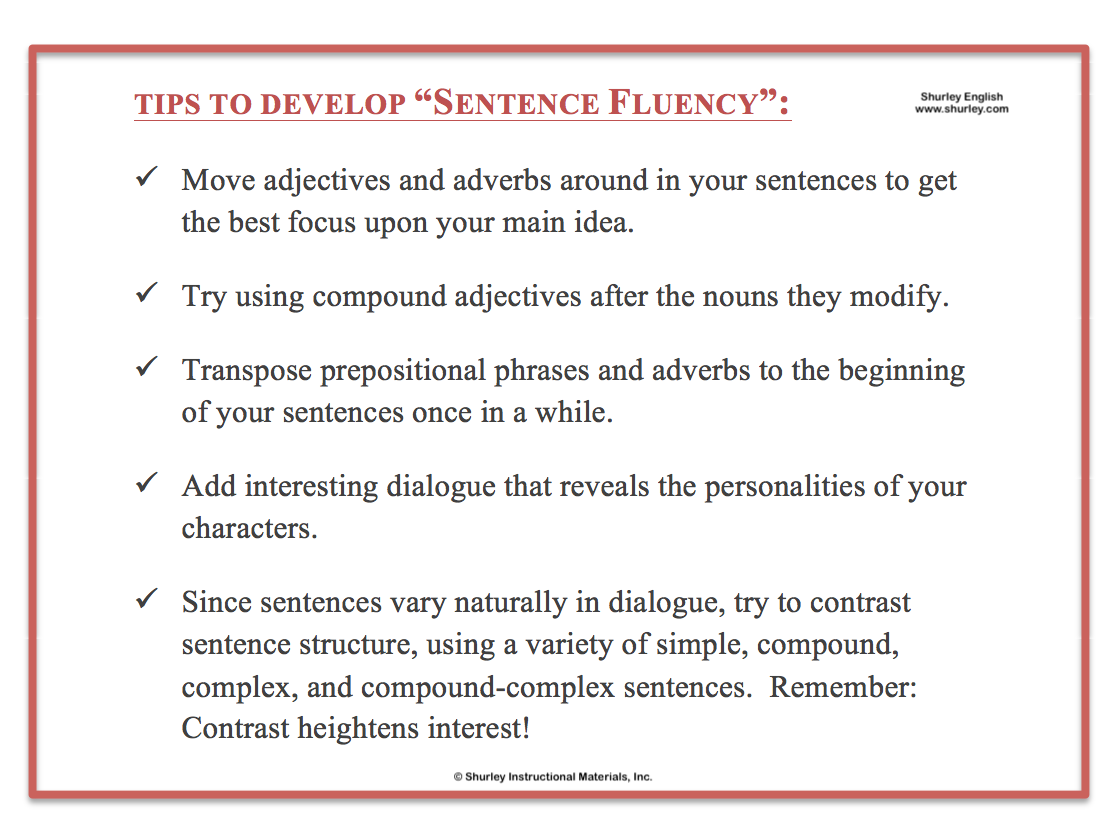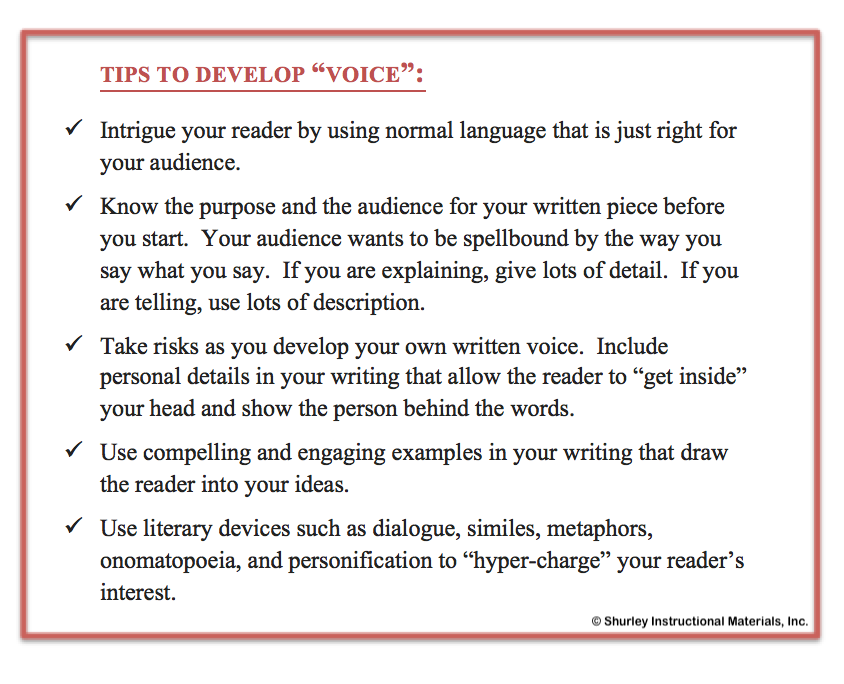Voice
Teaching “voice” doesn’t have to be difficult! The key is to establish clear goals and objectives to help students understand and apply the 3rd Trait of Effective Writing. Today, I will provide you with some background information and give you a few tricks to help students effectively demonstrate voice.
Let’s begin with the definition. “Voice” is the individual way a writer expresses himself or herself; it’s that personal, unique style of using words and expressions to convey meaning in a way that jumps off the page and leaves the writer’s imprint on the reader. The same words and expressions that tend to flow freely during conversation are often difficult for writers to express effectively. One reason is because there are no set rules for “how” or “where” to include “voice” in a piece of writing.
Teachers need to understand that words and expressions that convey voice do not always magically appear. Students must be taught how to apply voice in their writing. Good modeling is important. As students’ knowledge, skill, and practice pertaining to the use of voice increases, their personalities are sure to shine through. It’s up to you to nurture the development of voice and help students hone their skills by providing lots of practice!












































































































